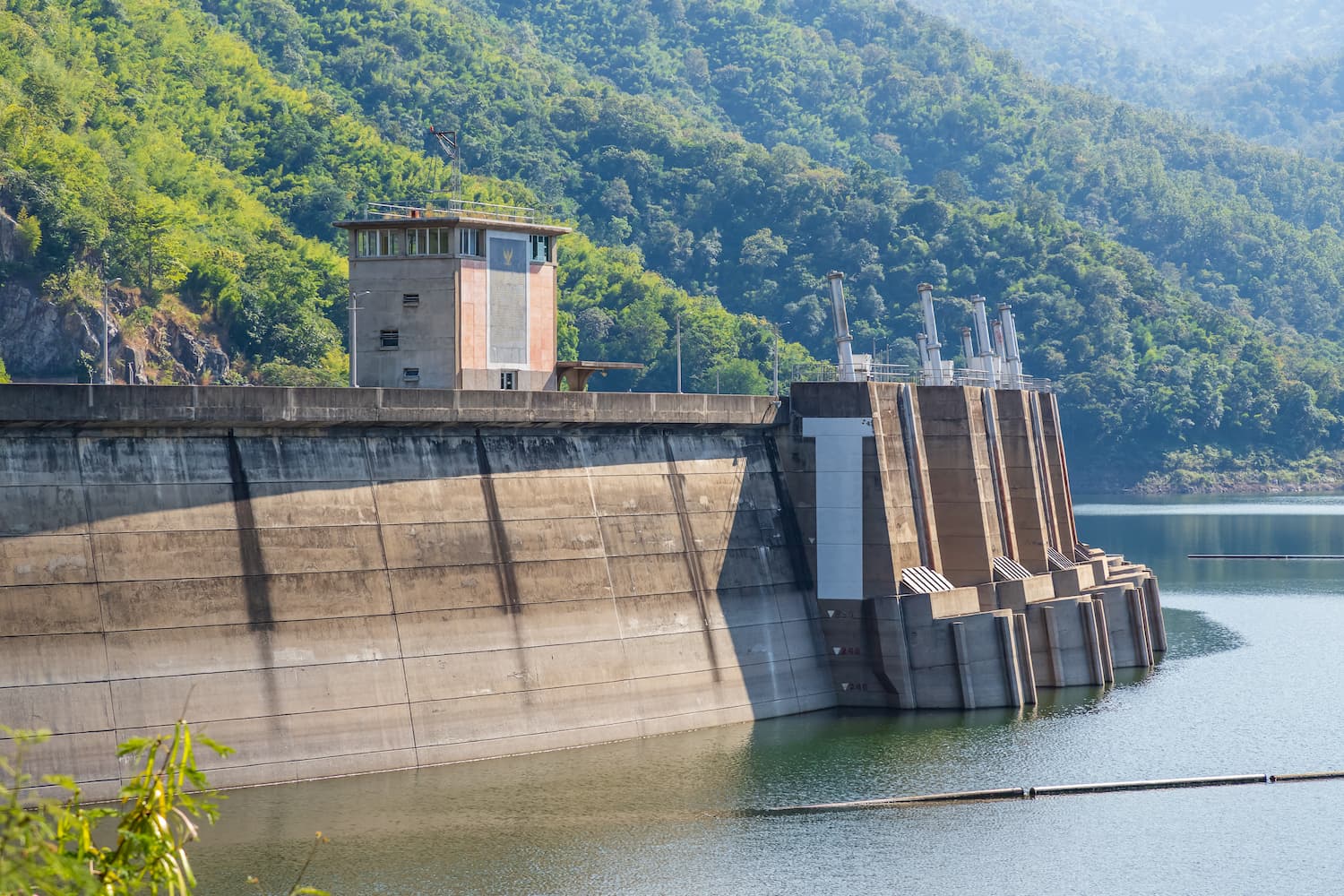Indonesia’s Public Works and Public Housing (PUPR) Minister, Basuki Hadimuljono, said that the government's efforts to construct more dams and retention basins serve as concrete actions to address the threats of climate change.
"To deal with the threats of climate change, the government must build more water reservoirs, be it in the form of retention basins or dams. We are prioritizing dams, so we will have a large amount of water reserves during the dry season," he said in Jakarta on November 26.
Basuki pointed out that the government targets to make dams and retention basins as essential infrastructure for reserving water.

Illustration of a dam. (Photo: Freepik)
However, he said that Indonesia still lags behind other countries like China and South Korea in terms of the number of dams.
"As an archipelagic state, we need to think big to continue to increase the number of water reservoirs. As of late 2022, China has built at least 98,000 dams, followed by South Korea's 18,000 dams. Meanwhile, we have only built about 300 dams," the minister said.
Basuki emphasized the crucial need to adapt dam designs for optimal water management throughout both dry and rainy seasons.
"It is also necessary to update the designs for the dams. All dams must have sluice gates, so we can optimize them during the rainy and dry seasons," he said.
He also added that the ministry continues to prioritize developing environmentally friendly infrastructure, "For instance, we seek to build a floating solar power plant that makes use of 20 percent of the surface area of a dam. We can use such a power plant to generate as much as 4,800 MW of electricity in all dams,"
Basuki said that the PUPR had begun utilizing 23 dams as hydro power plants.
"Currently, the amount of electricity generated by hydro power plants still only contributes to 9% to the total of electricity generated by all types of power plants in Indonesia," he added.



